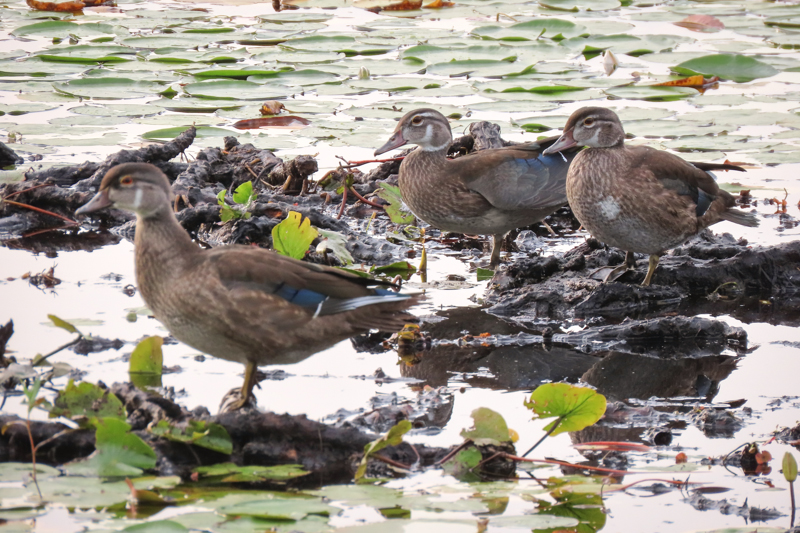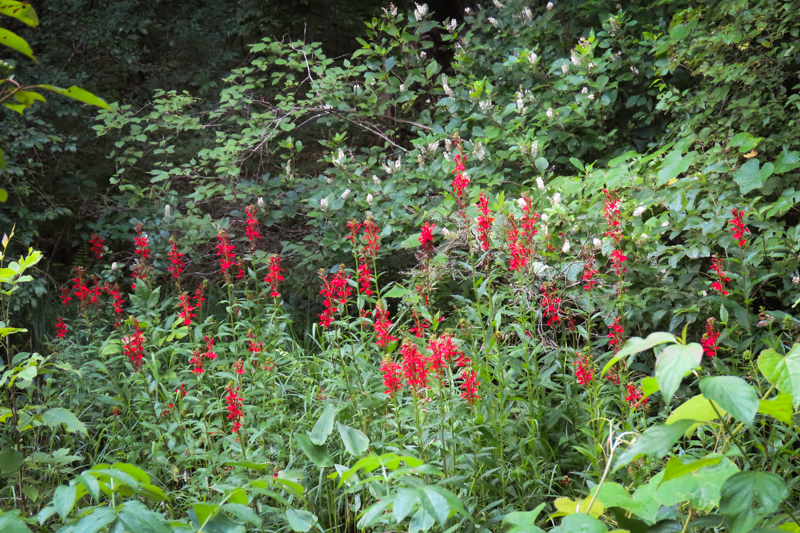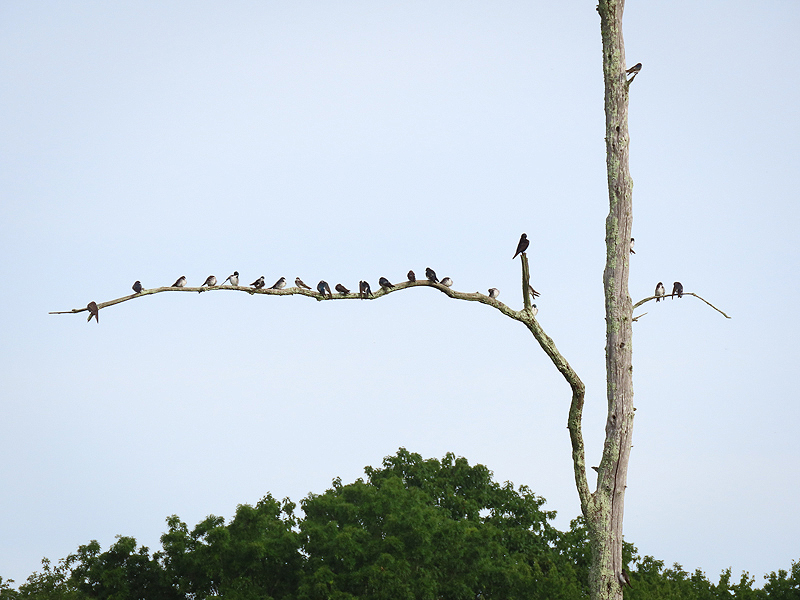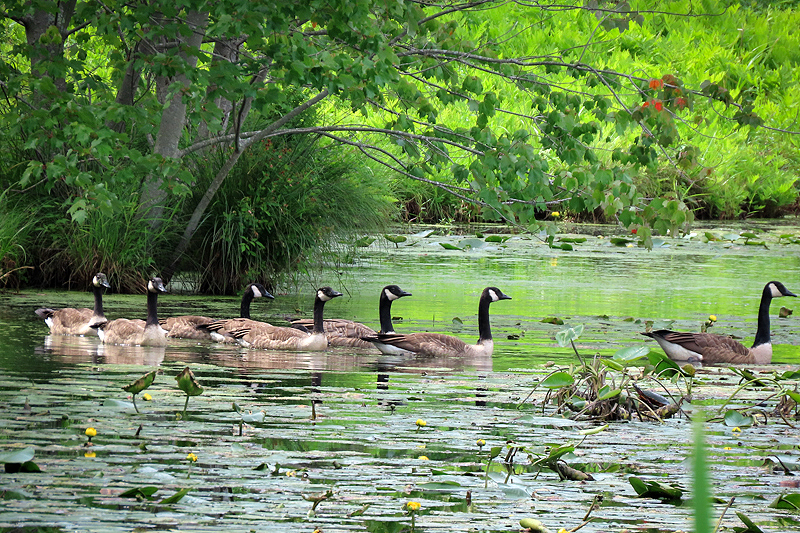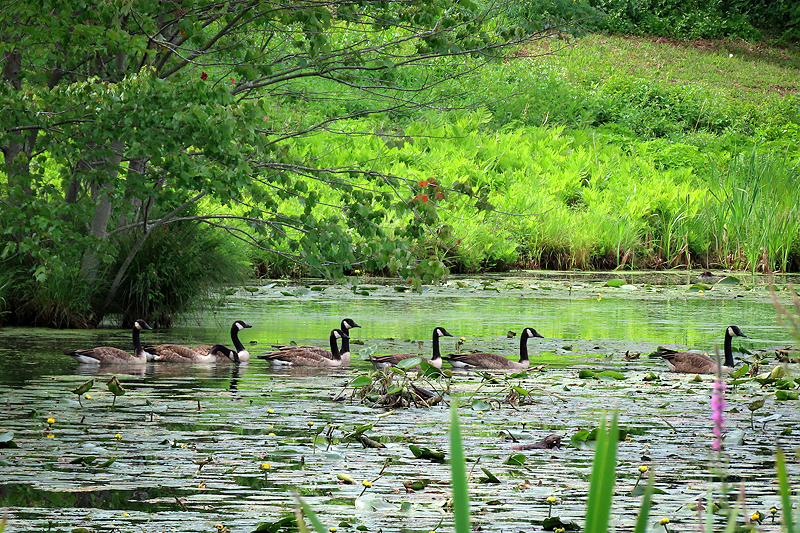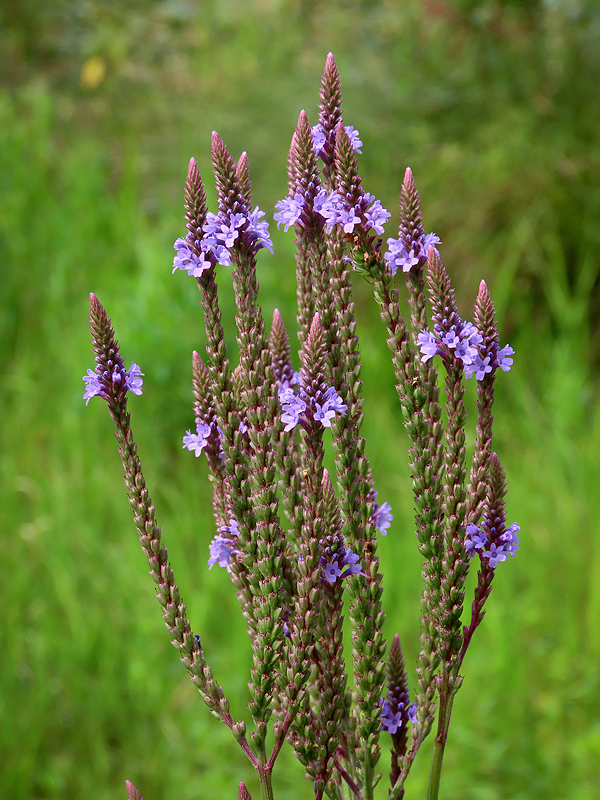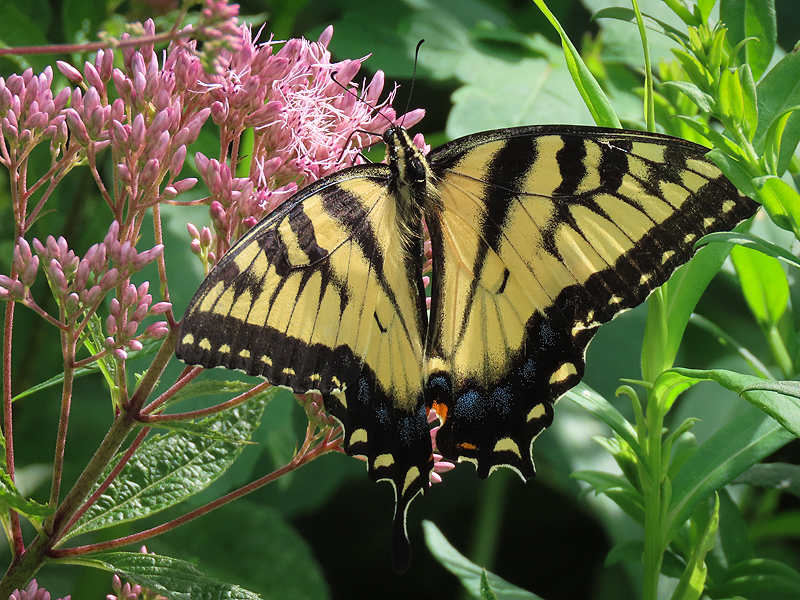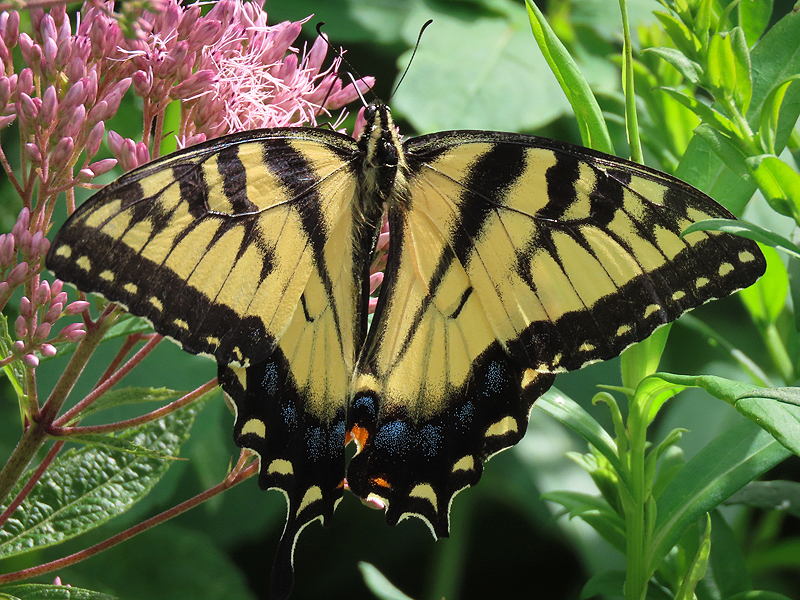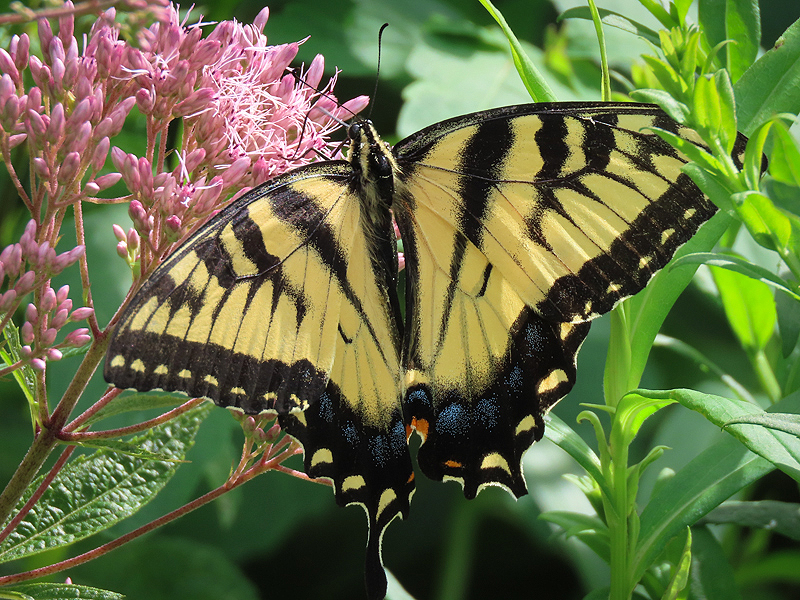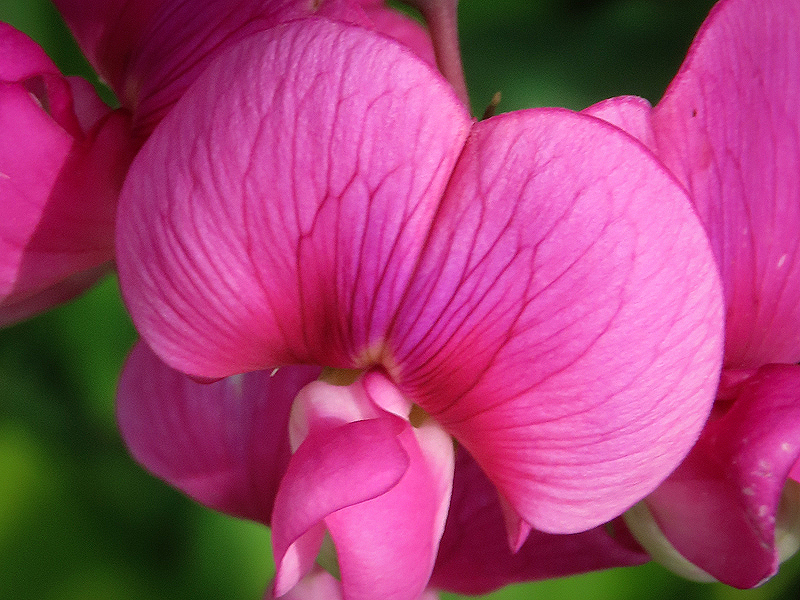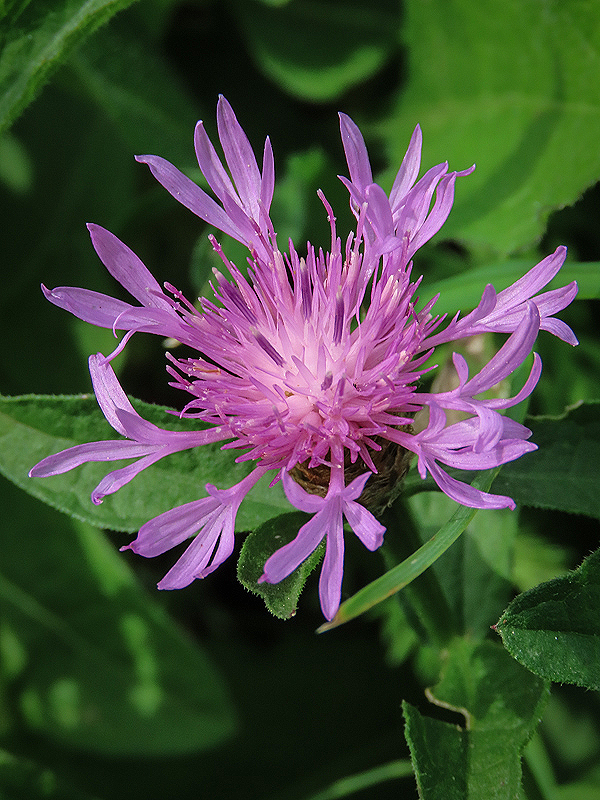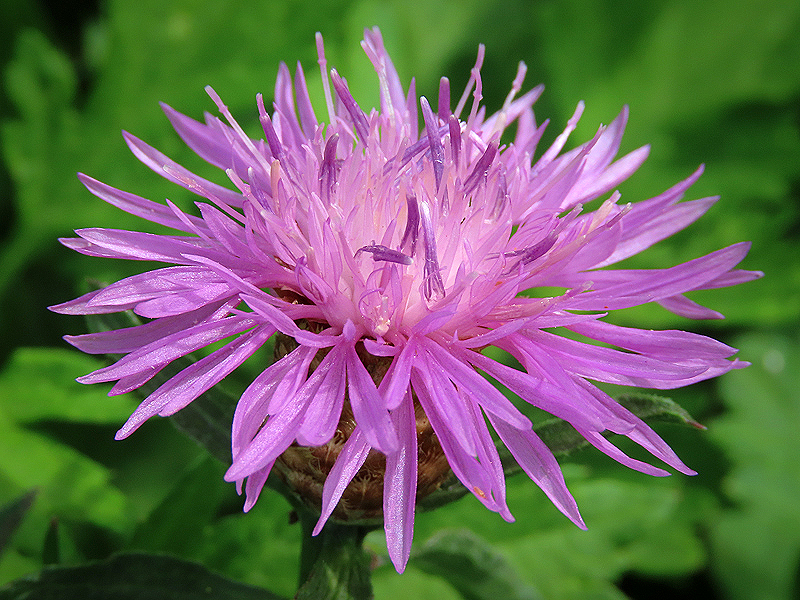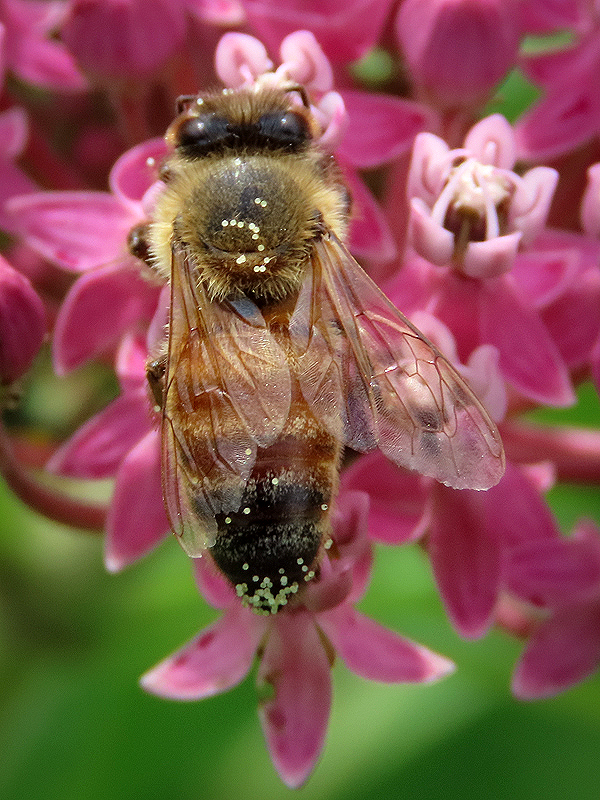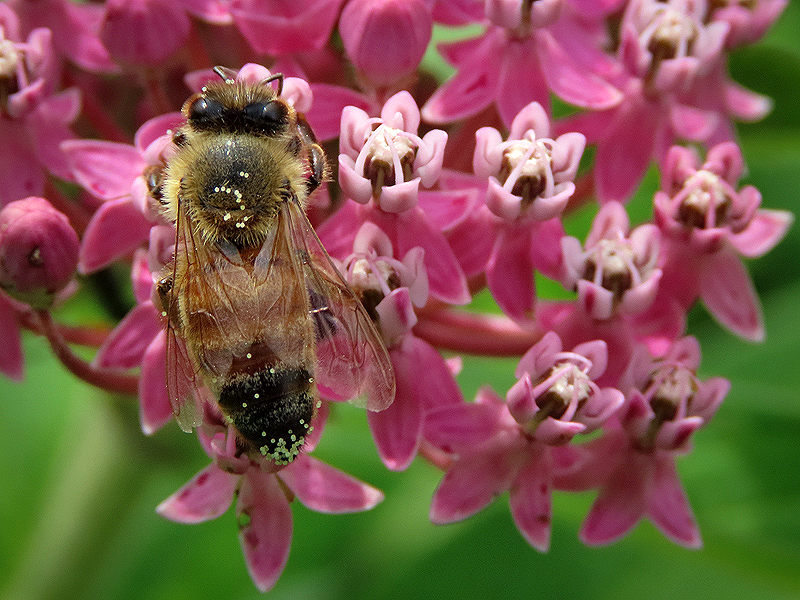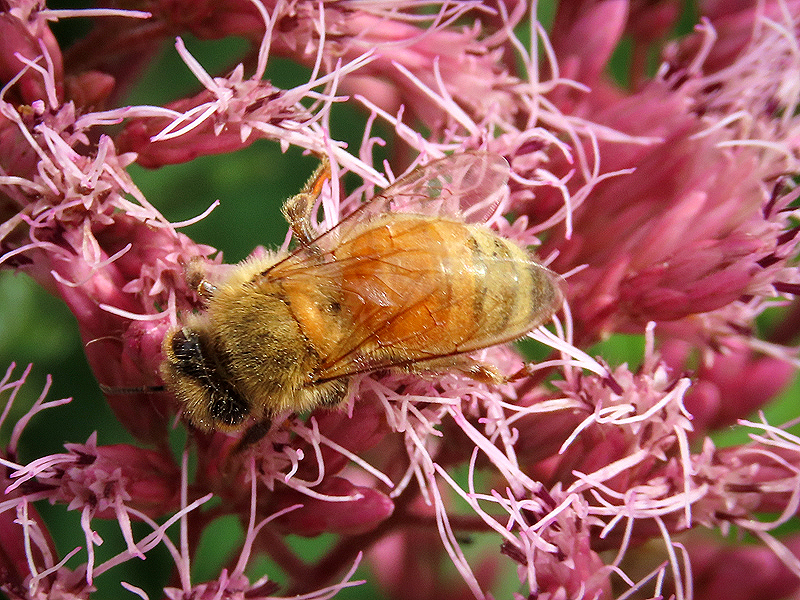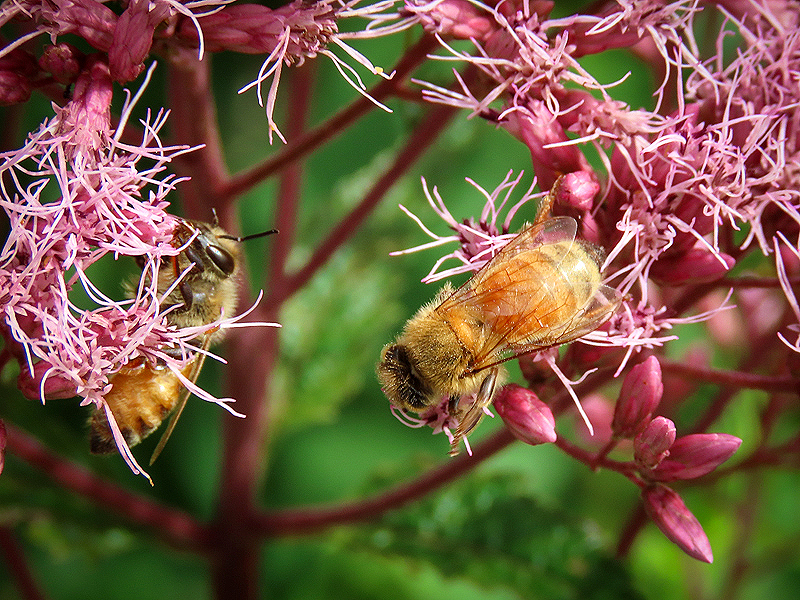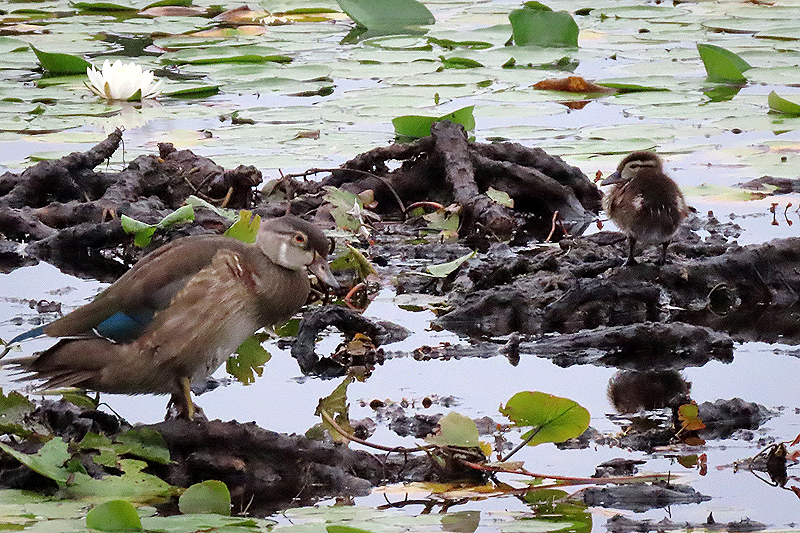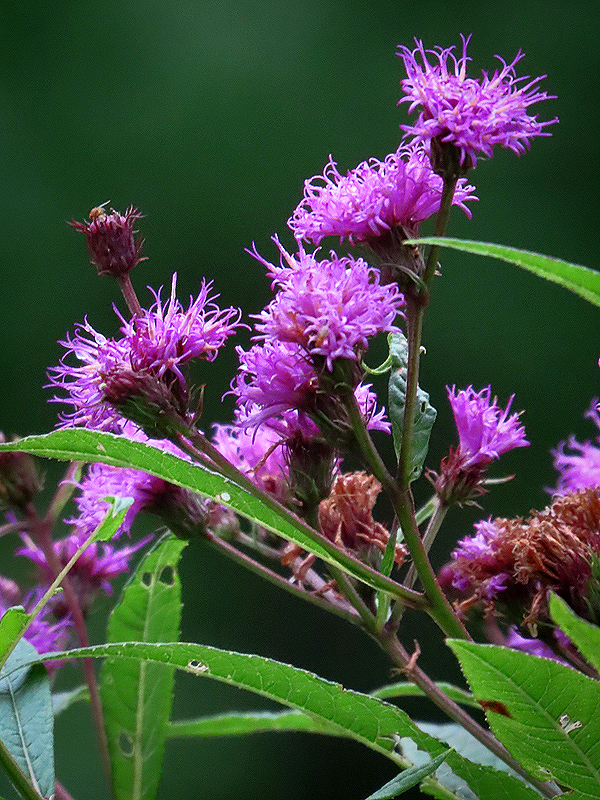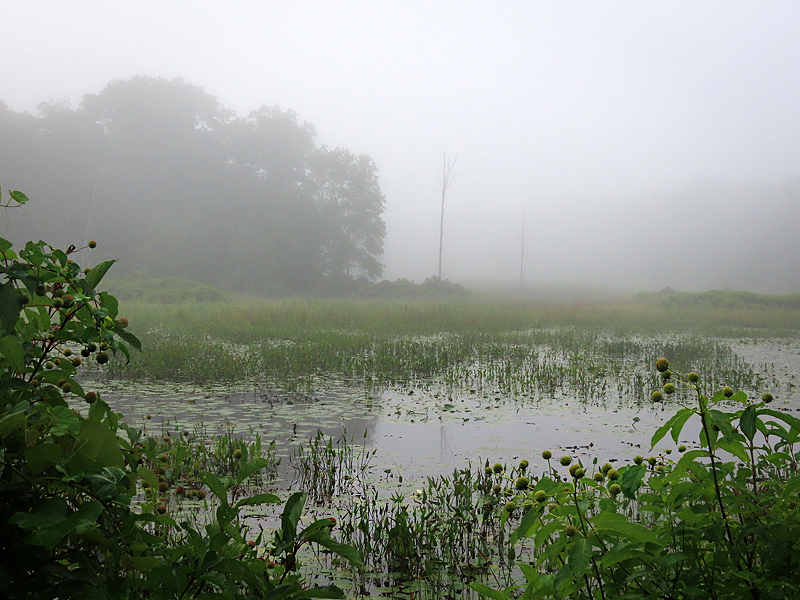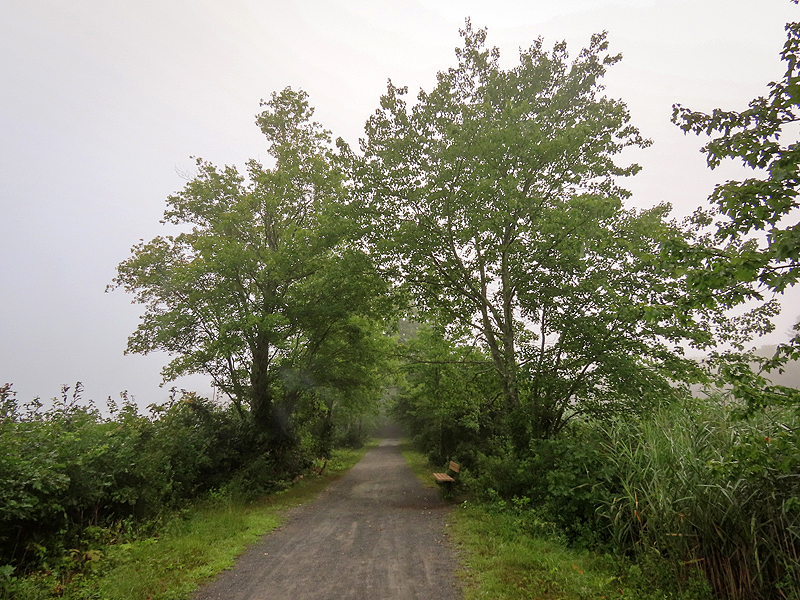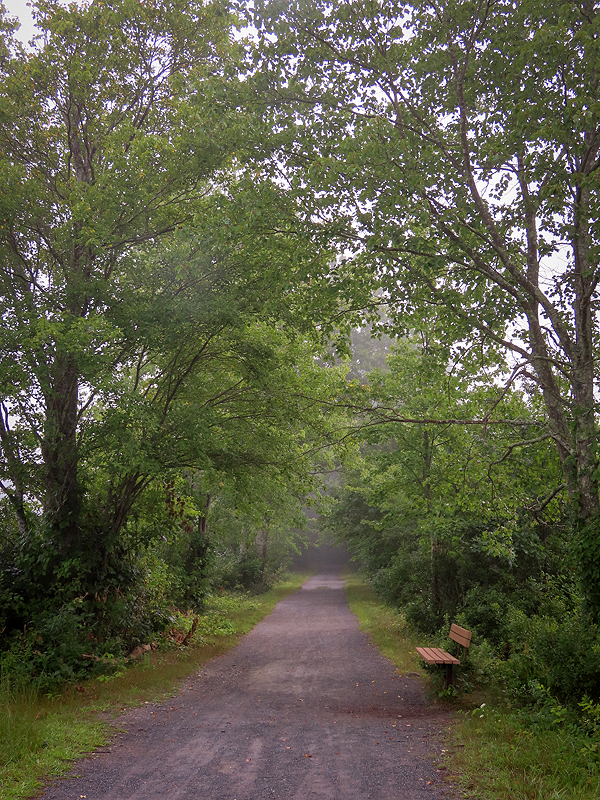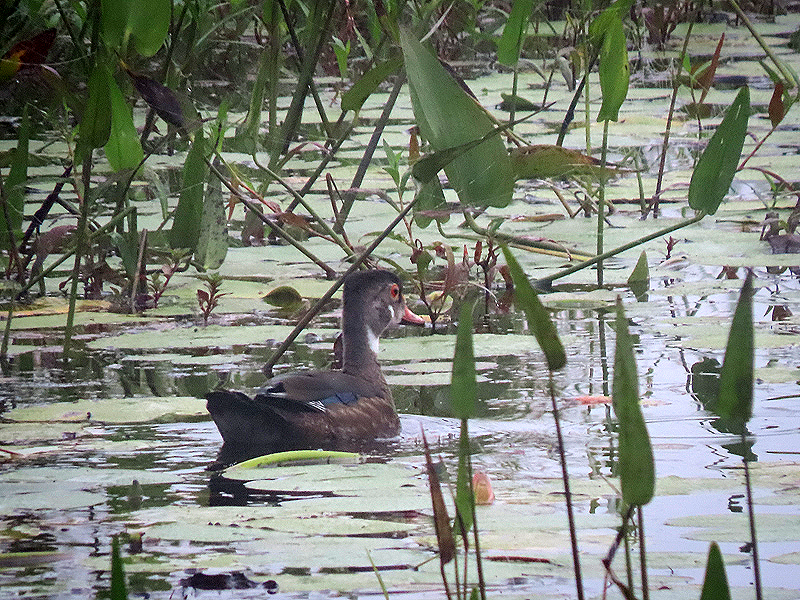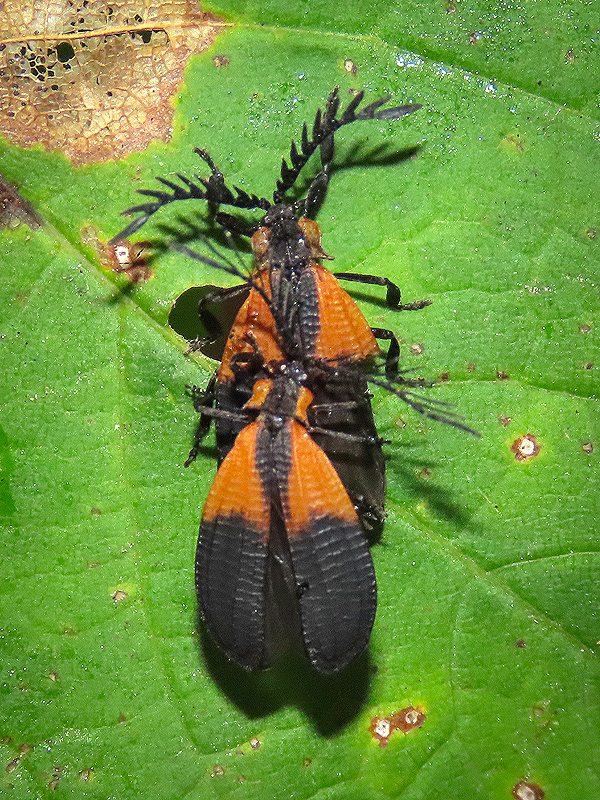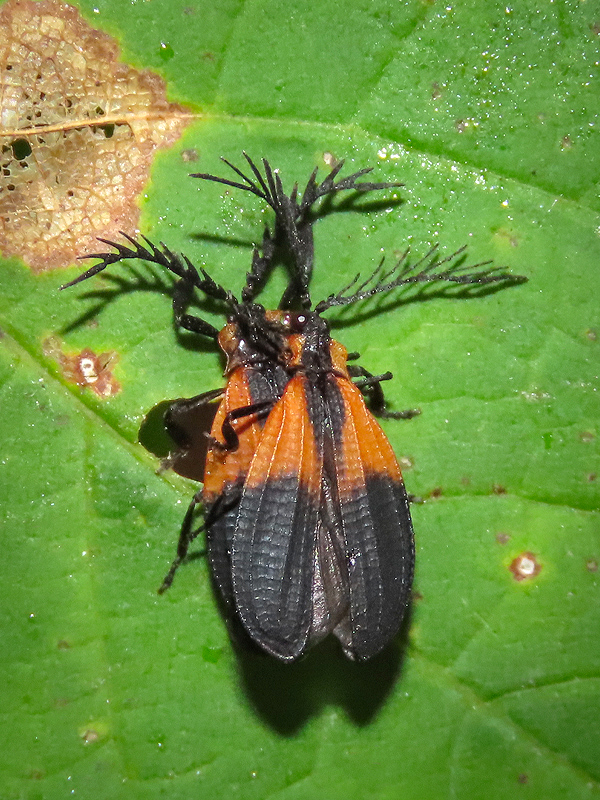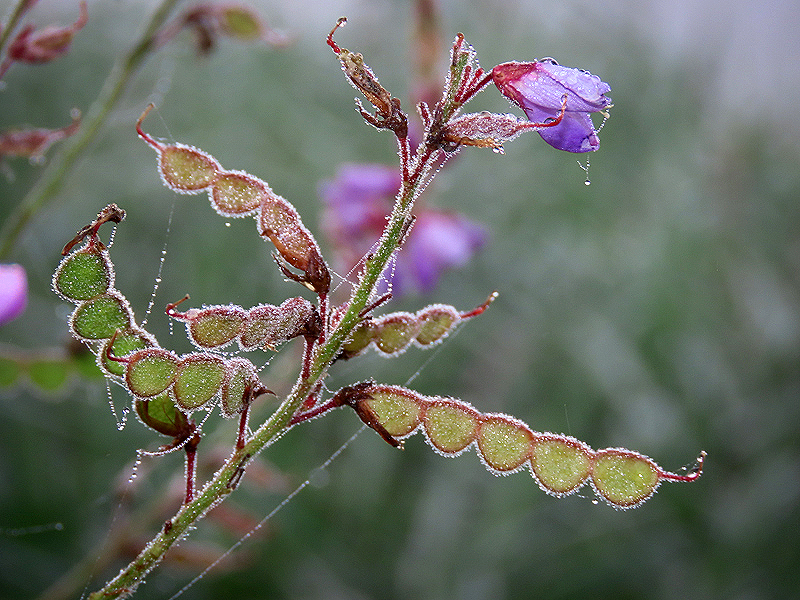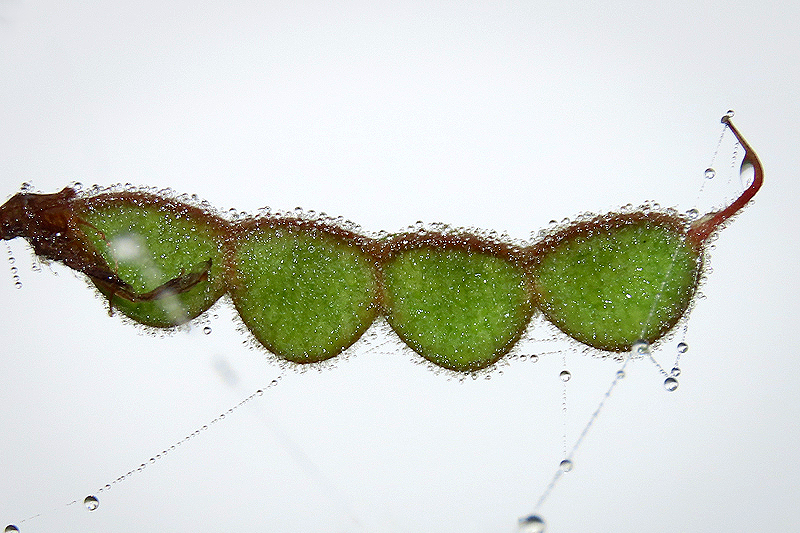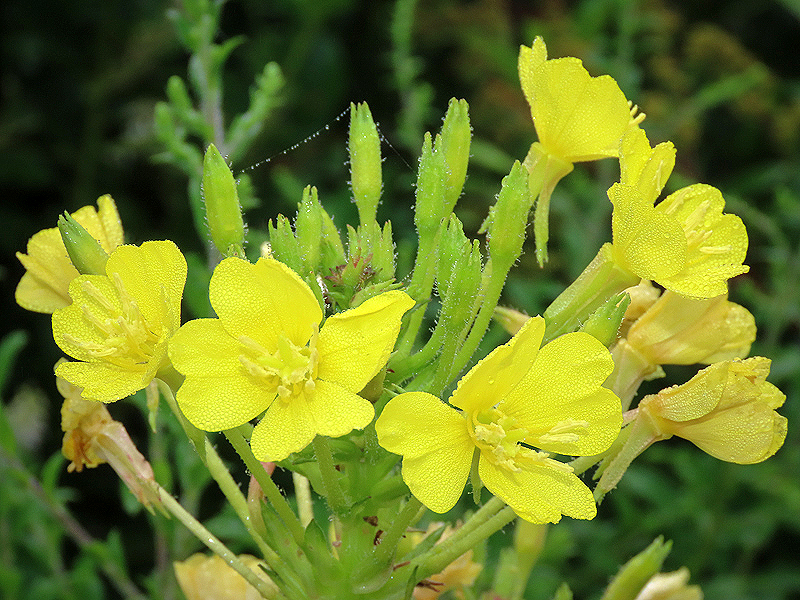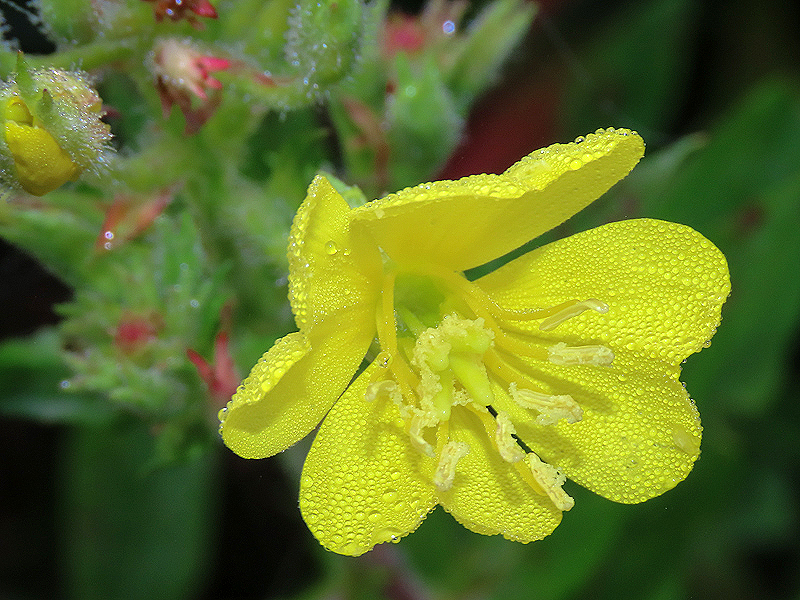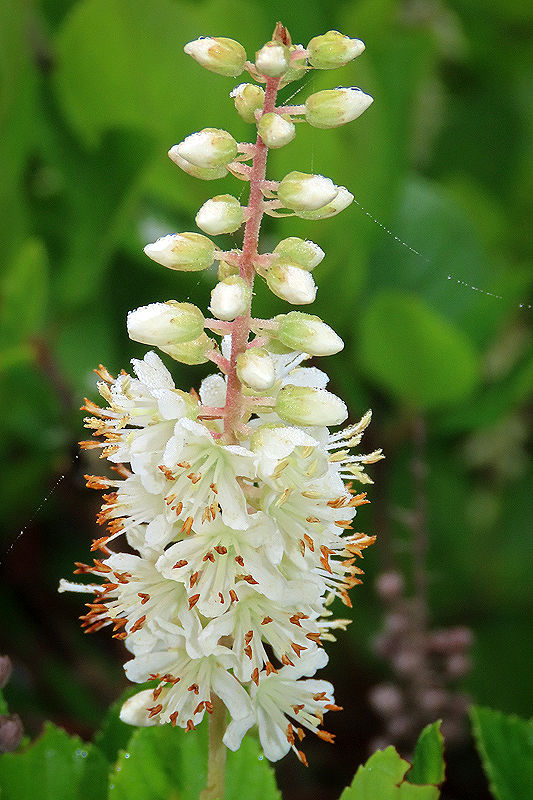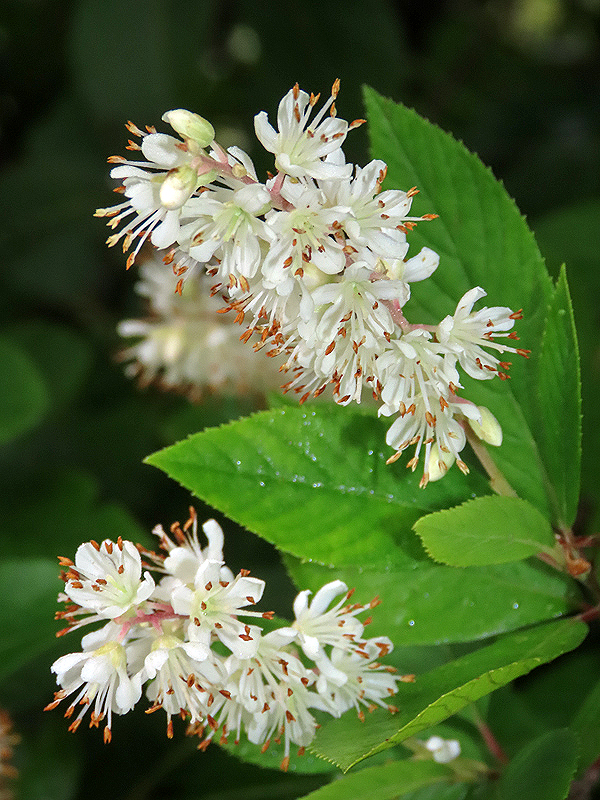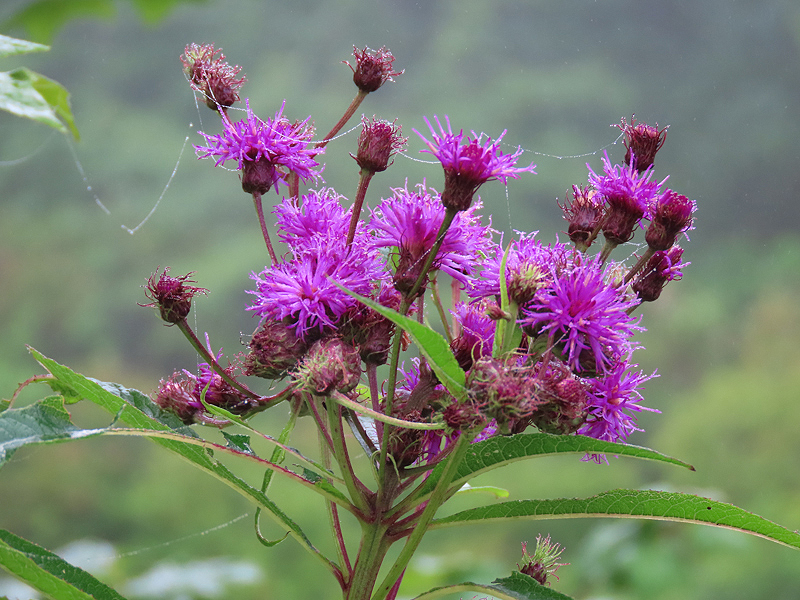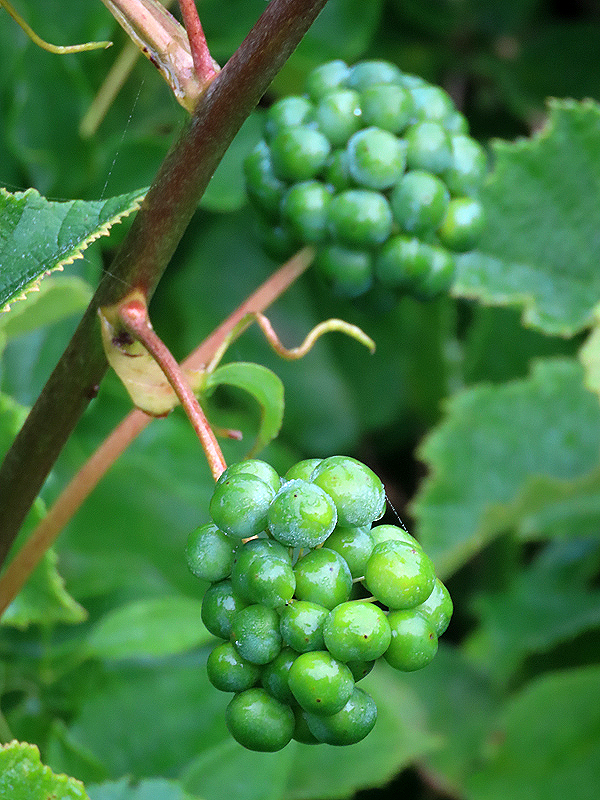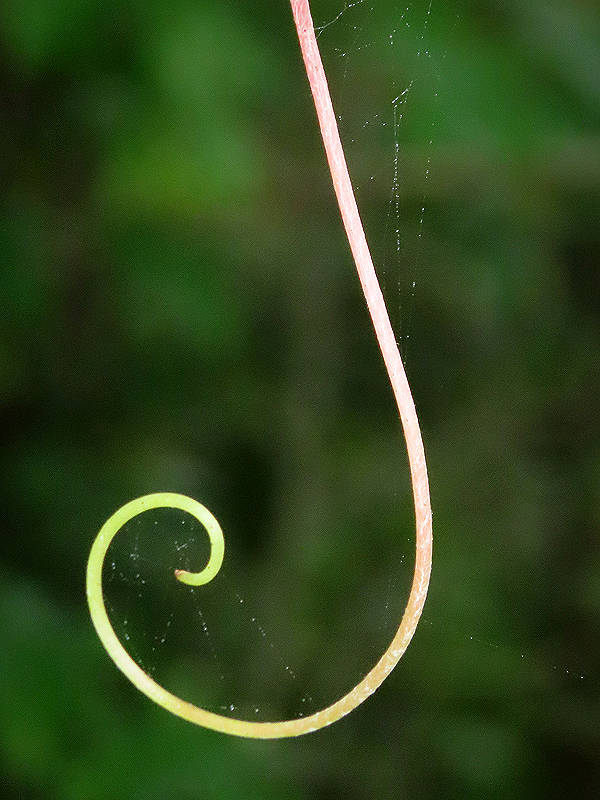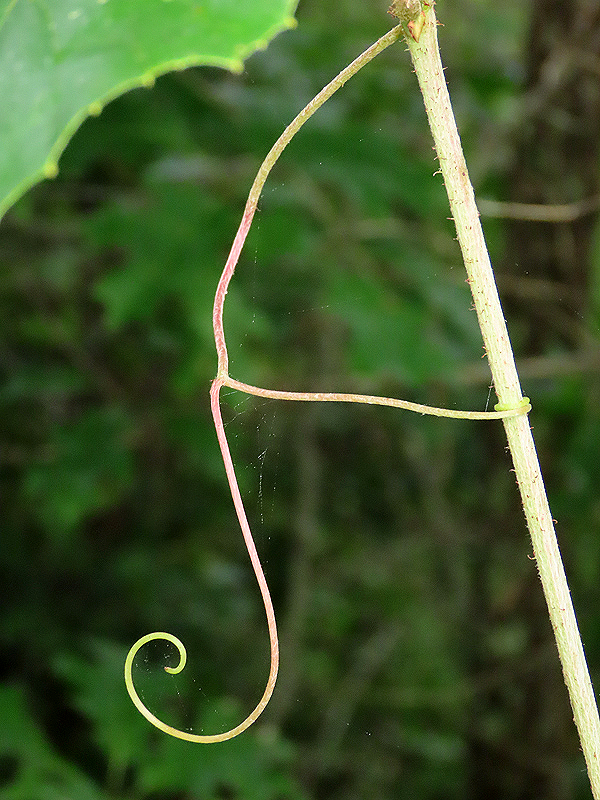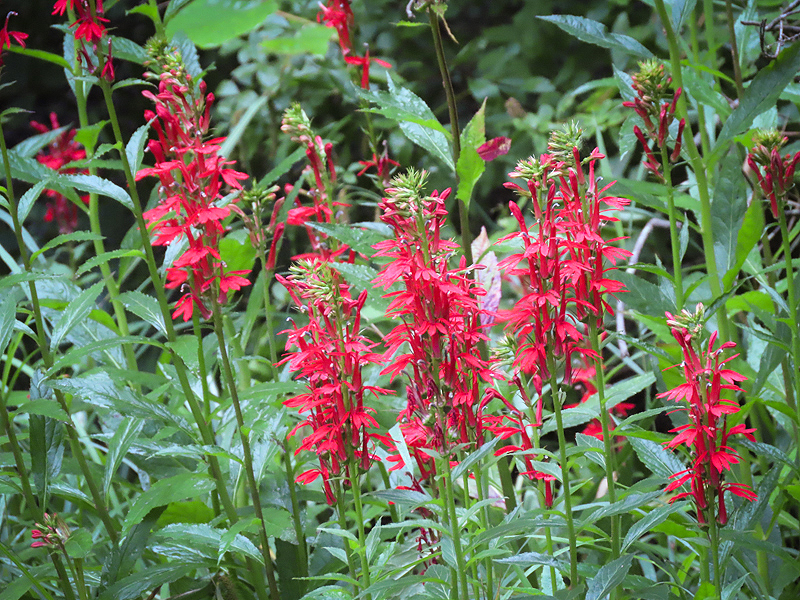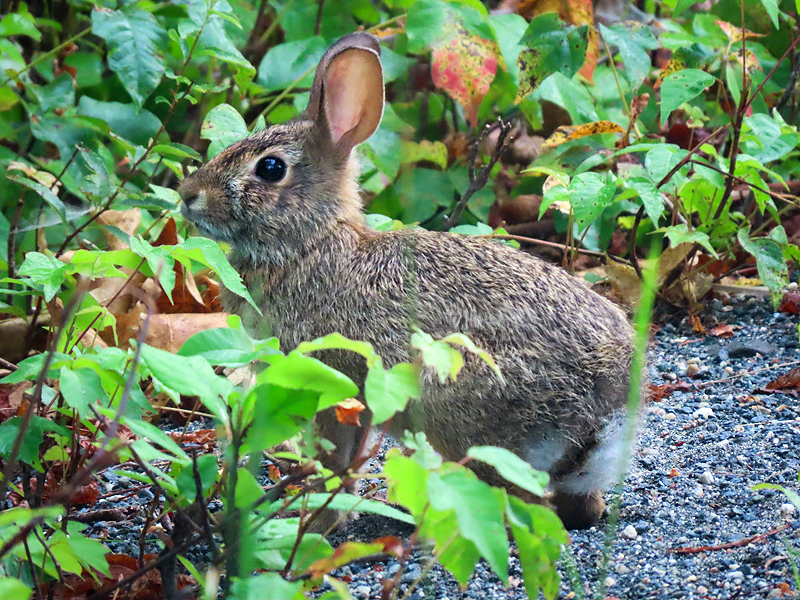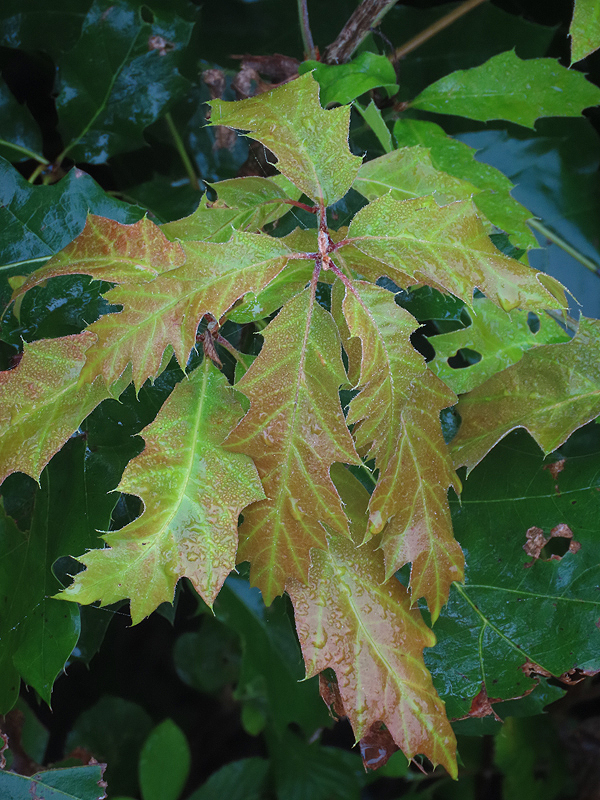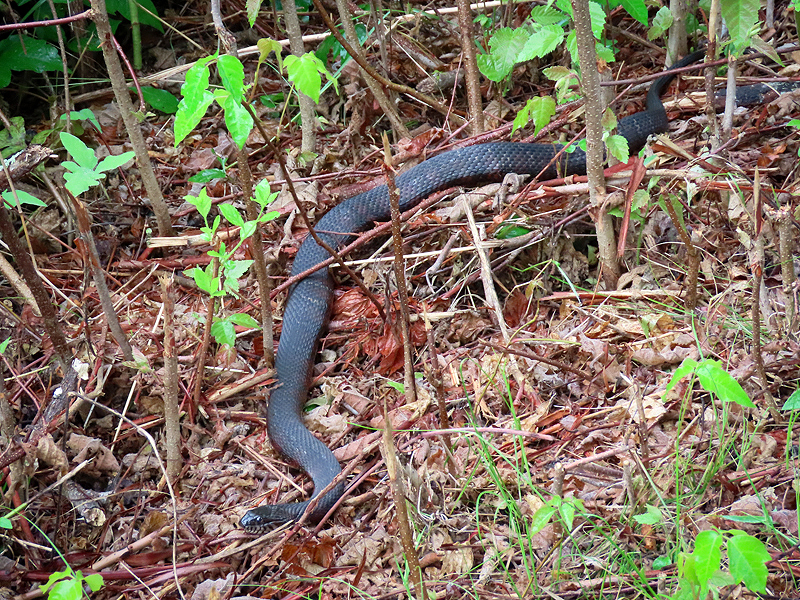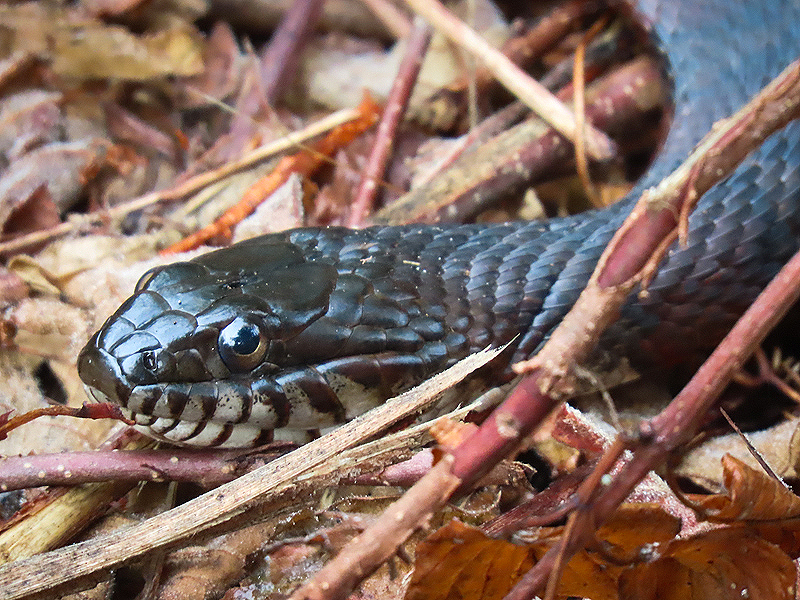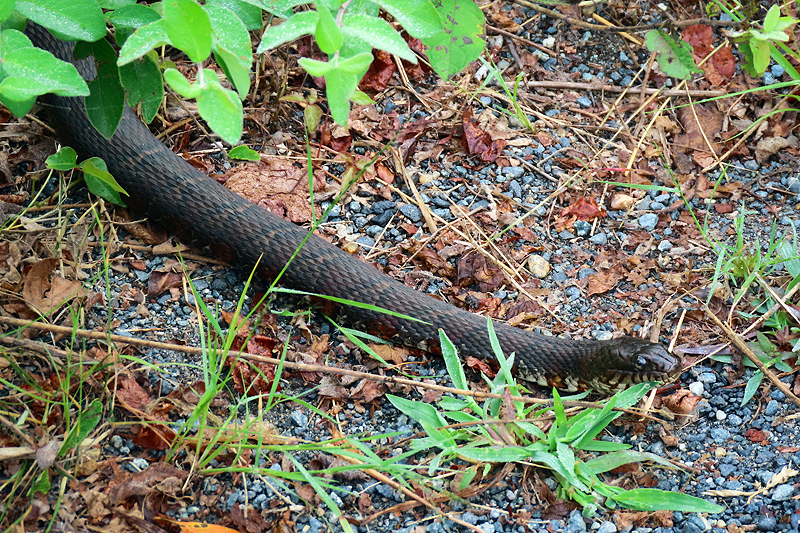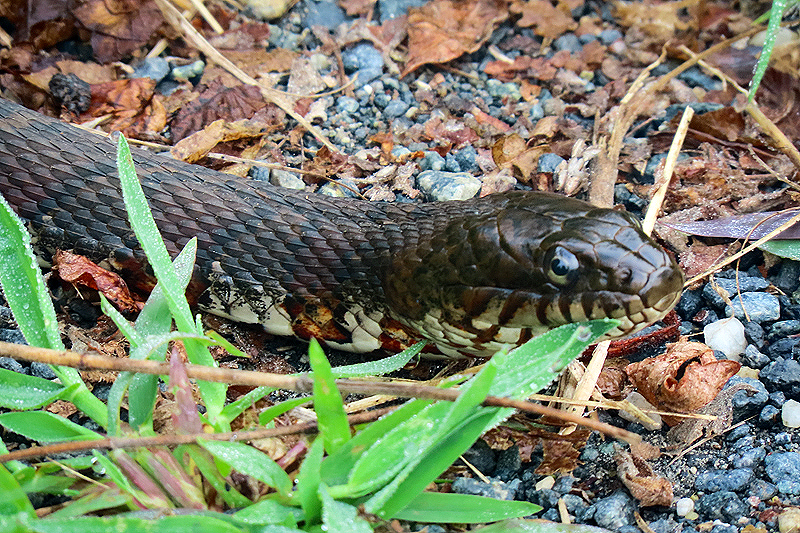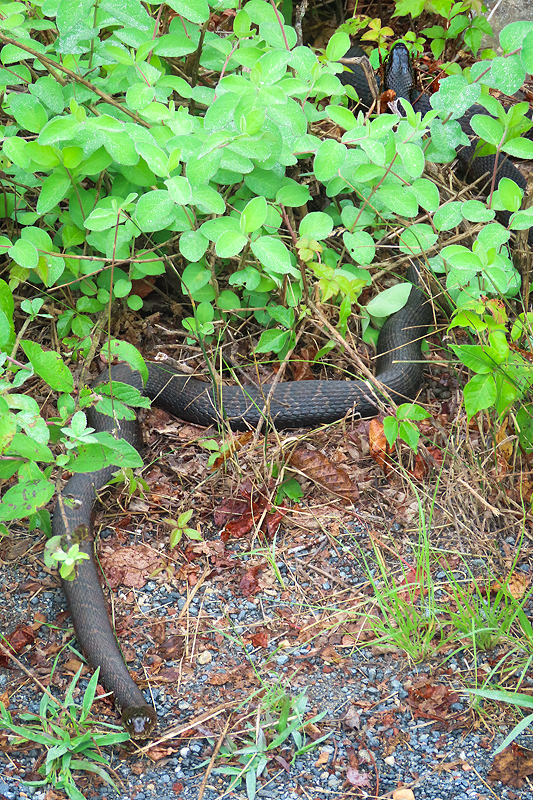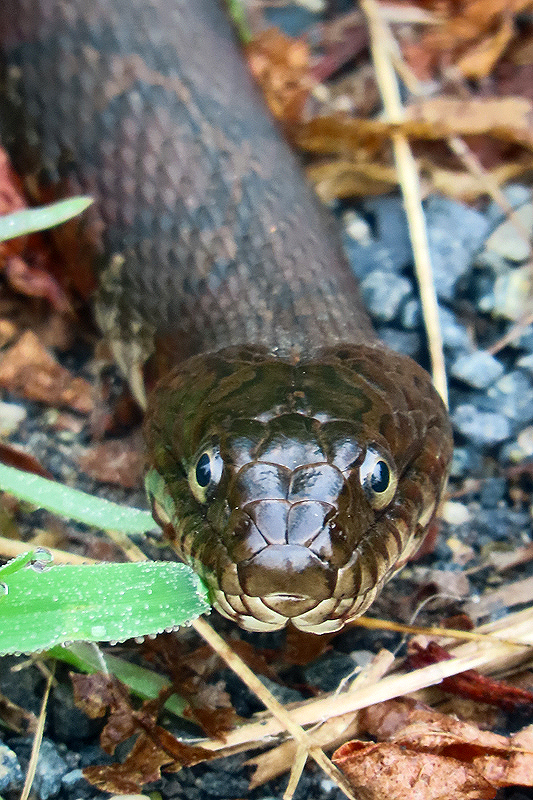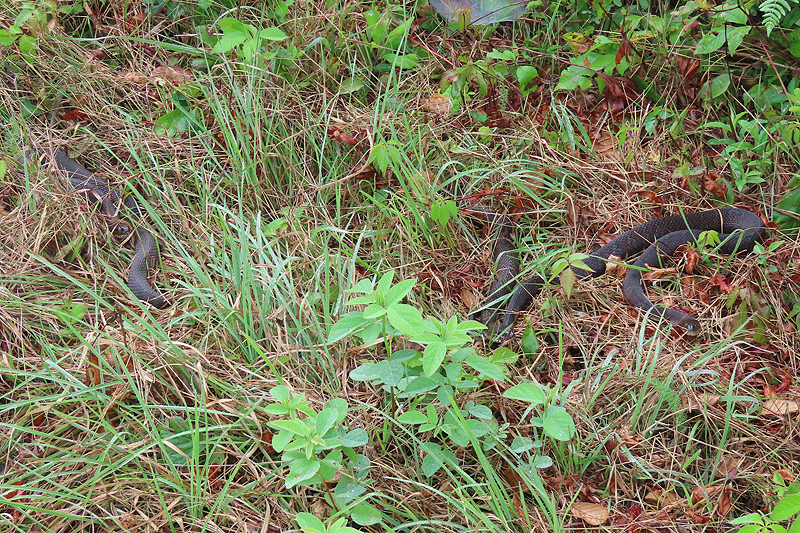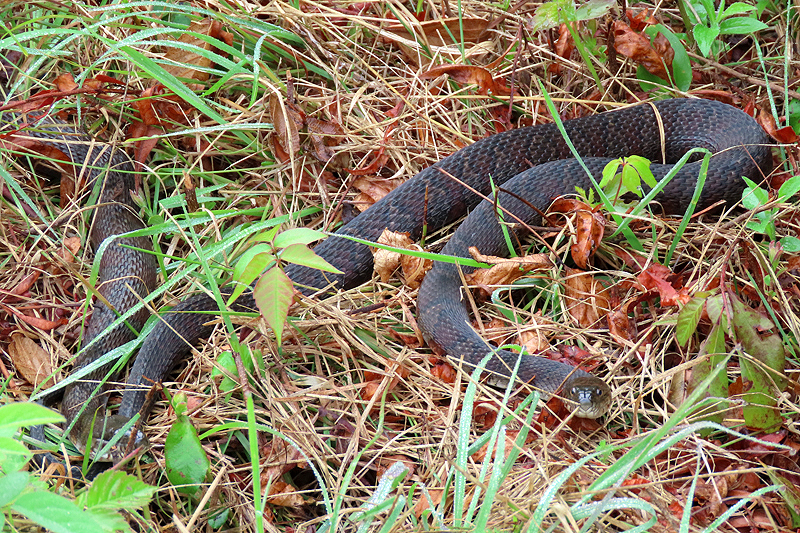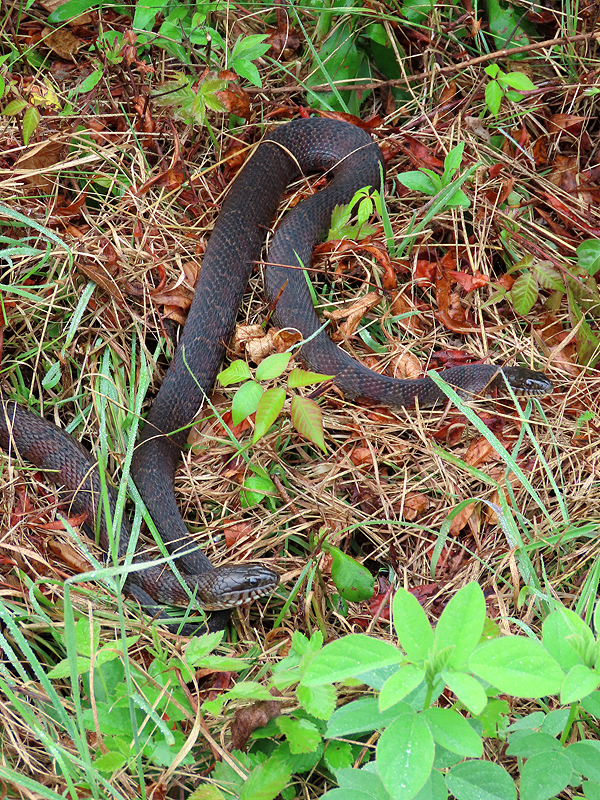Along the Air Line... 2021 - Summer, Part 10 The Air Line Trail in Eastern Connecticut - Stan Malcolm Photos |
HOME: Air Line... 2021 Pages Menu Stan's FlickR Albums |
August 3rd. Three of the five Wood Ducks (Aix sponsa) that were at this spot yesterday. All young males. |
Lots of Cardinal Flowers (Lobelia cardinalis) blooming now. |
A few minutes later and the ducks hadn't moved much. |
Tree Swallows (Tachycineta bicolor) lined up. |
Later in the day, eight Canada Geese (Branta canadensis) at Cranberry Bog. (Yes, there are eight.) |
In the previous picture, one had its head down. |
A little later, the eight had joined four more. |
Blue Vervain (Verbena hastata). |
|
Spotted Joe-Pye-weed (Eupatorium maculatum) in bud. |
Tiger Swallowtail (Papilio glaucus) on Spotted Joe-Pye-Weed in bloom. |
|
|
|
Sweet Pea (Lathyrus odoratus). |
|
|
Spotted Knapweed (Centaurea maculosa). |
|
Birdfoot Trefoil (Lotus corniculatus). |
Honey Bee (Apis mellifera) on Swamp Milkweed (Asclepias incarnata). |
The pollen on the bee's back is not from the Milkweed which offers its pollen in aggregates called pollinia. |
Honey Bees were also working the Spotted Joe-Pye-Weed. |
|
Tiger Bee Fly (Family Bombyliidae, Xenox tigrinus). They parasitize large Carpenter Bees. |
August 5th. A near adult male Wood Duck (Aix sponsa) and a duckling - I think maybe a Mallard, but hard for me to tell at this age. |
|
New York Ironweed (Vernonia noveboracensis). |
August 6th. The marsh in foggy, foggy dew. |
|
|
|
A young female Wood Duck (Aix sponsa). |
..and a young male across the trail from the female. |
Eastern Gray Squirrel (Sciurus carolinensis). |
Two Net-winged Beetles (Family Lycidae, Caenia dimidiata). |
Crazy antennae. |
Showy Tick-trefoil (Desmodium canadense)... |
...has developed its distinctive seeds which stick to anything they touch. |
Dew is stuck to all the Velcro-like hooked hairs on them. |
Common Evening-Primrose (Oenothera biennis). |
|
|
Summersweet or Sweet Pepperbush (Clethra alnifolia). |
Great fragrance. |
New York Ironweed (Vernonia noveboracensis). |
Immature fruits of Carrion-flower (Smilax herbacea). When ripe, the fruits are black. |
Grape (Vitis sp.) tendril. |
|
Cardinal Flowers (Lobelia cardinalis). |
A young Eastern Cottontail (Sylvilagus floridanus). |
Nice colors on an Oak seedling. |
The first of many Northern Water Snakes (Nerodia sipedon) out this morning. |
|
|
|
Different angle, I saw a second snake head (upper right). |
|
Three snakes in this picture. |
Here are two of them. |
Easier to see from a different angle. |
This one is preparing to shed. Note the blue eye where the skin has started to loosen up. |
|
